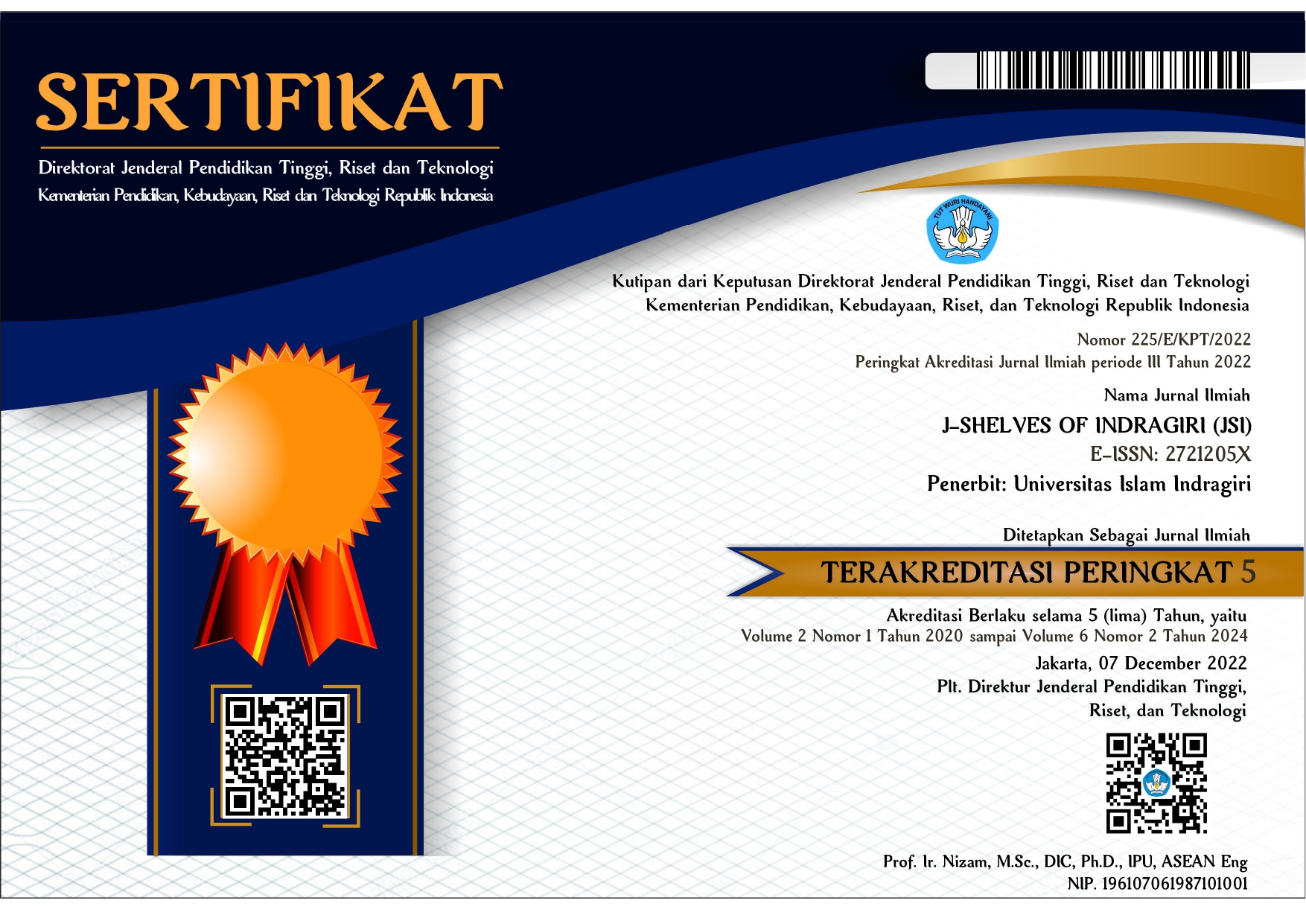PRESUPPOSITION USED IN INSTRUCTION OF INDONESIAN GRADE XI HIGH SCHOOL ENGLISH TEXTBOOK
DOI:
https://doi.org/10.61672/jsi.v7i1.2910Keywords:
Presupposition, Instruction, TextbookAbstract
This study investigates the types of presuppositions found in the instructions within the Pathway to English textbook for Grade XI high school students. Using a qualitative descriptive method, the researcher identified and categorized presuppositions based on Yule’s (1996) theory, which includes six types: existential, factive, lexical, structural, non-factive, and counterfactual. The findings reveal three types present in the textbook: existential, factive, and lexical presuppositions. Among these, existential presupposition is the most dominant, accounting for 90% of the data, followed by lexical (9%) and factive (1%). The other three types were not found due to the direct and instructional nature of textbook language, which tends to avoid ambiguity or hypothetical scenarios. The study highlights how presuppositions can affect students’ interpretation of instructions, potentially causing misunderstandings if the implied meanings are not recognized. Understanding these underlying assumptions is essential for students and teachers to enhance comprehension and ensure effective learning. This research is expected to contribute to the development of more accessible instructional materials and encourage teachers to pay greater attention to language clarity in the classroom
Downloads
Published
Issue
Section
License
Copyright (c) 2025 Hilda Nailil Latifah, Fani Indrawan

This work is licensed under a Creative Commons Attribution 4.0 International License.










